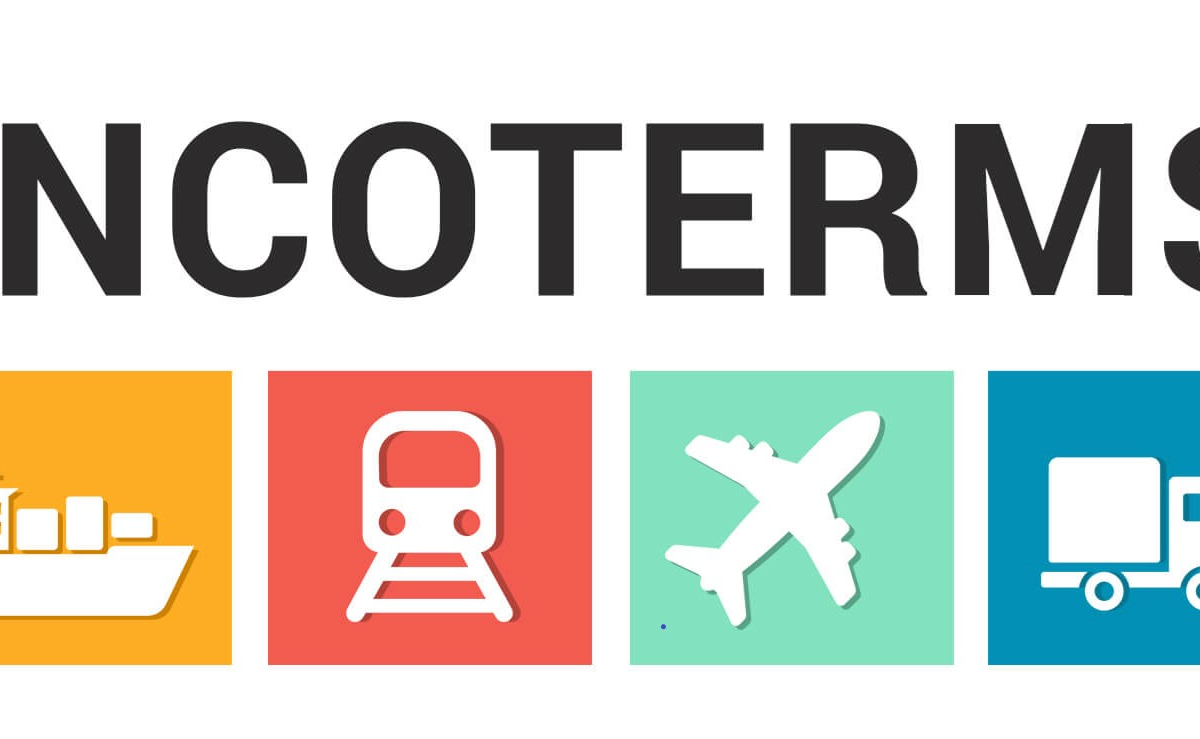
U.S. Tariffs Go Live: What It Means for Businesses and Consumers
As of February 1, 2025, the U.S. has put new tariffs in place. These target key international trade partners. The White House gave four main reasons for these actions:
- To fight the illegal drug trade.
- To reduce illegal immigration.
- To boost U.S. manufacturing.
- To consider shifting tax revenue. This means more from tariffs, less from income tax.
Top Trading Partners Affected
These new tariffs hit America’s three biggest trading partners:
- Mexico: A 25% tariff.
- Canada: A 25% tariff.
- China: A 10% tariff.
These are import taxes. So, companies like Ford and GM will pay more. They make parts in Mexico. Now, bringing those parts back to the U.S. costs an extra 25%.
How Will This Impact the Economy?
People wonder how these tariffs will affect the economy. Key questions include:
- Will everyday items cost more?
- Could inflation rise because of this?
- Will businesses pass higher costs to consumers? Or will they absorb them?
Replacing Income Tax with Tariffs: Is It Possible?
In 2023, the U.S. collected about $4.5 trillion in income taxes. To replace this with tariffs, rates would need to be over 100% on all imports. This is not realistic. Imports totaled $3.83 trillion that year. A more likely plan is to use tariffs to lower income taxes, not replace them.
Recent data shows a sharp increase in tariff revenue. In the first half of 2025, the U.S. collected over $87 billion in tariffs. This is more than all of 2024’s total.
International Reactions and Possible Retaliation
Countries affected are not happy. Canadian Prime Minister Justin Trudeau has criticized the tariffs. He has hinted at possible retaliation. This could impact American exporters. Canada has already imposed 25% tariffs on about $30 billion worth of U.S. goods. These began on March 4, 2025.
Industries Most Likely to Feel the Pinch
Some industries will likely feel these new tariffs more.
- From Mexico: Tomatoes, avocados, berries, and peppers. In 2024, fruits and vegetables were 34% of U.S. agricultural imports from Mexico.
- From Canada: Lumber, dairy products, and oil. Canada had a trade surplus of about C$170 billion with the U.S. in 2024, largely due to oil and other energy products.
Lumber prices, especially, could impact the U.S. housing market. This could make construction more expensive. Some estimates suggest tariffs could add $17,000 to $22,000 to the cost of a new home.
Learning from the Past
History offers some lessons. In 2018, steel tariffs caused prices to jump at first. But costs eventually fell below prior levels. It’s unclear if this will happen again. It depends on how markets and governments react to these new tariffs.
What Investors Should Watch For
For investors, these tariffs bring both chances and risks. Areas to watch include:
- Companies boosting U.S.-based manufacturing. Some, like Samsung, are building new U.S. factories, such as their chip plant in Taylor, Texas, set to begin production in 2026.
- Growing demand for U.S. transportation and logistics services.
- Possible ripple effects on housing and construction materials. Experts predict construction costs could rise 4% to 6% in the next year due to tariffs on materials like lumber, steel, and aluminum.
Staying Financially Prepared
Staying informed about these changes is important. Managing personal finances is also key. Practical steps include:
- Paying off high-interest debt.
- Building an emergency savings fund.
- Investing regularly in diverse portfolios, like index funds.
For ongoing updates on economic trends, financial newsletters like Market Briefs can help.
Final Thoughts
These tariffs show a big shift in U.S. trade policy. Their full impact will take time to appear. But staying informed and ready can help businesses and individuals. It can help them navigate these changes well.
Written by Ernesto Mendoza



